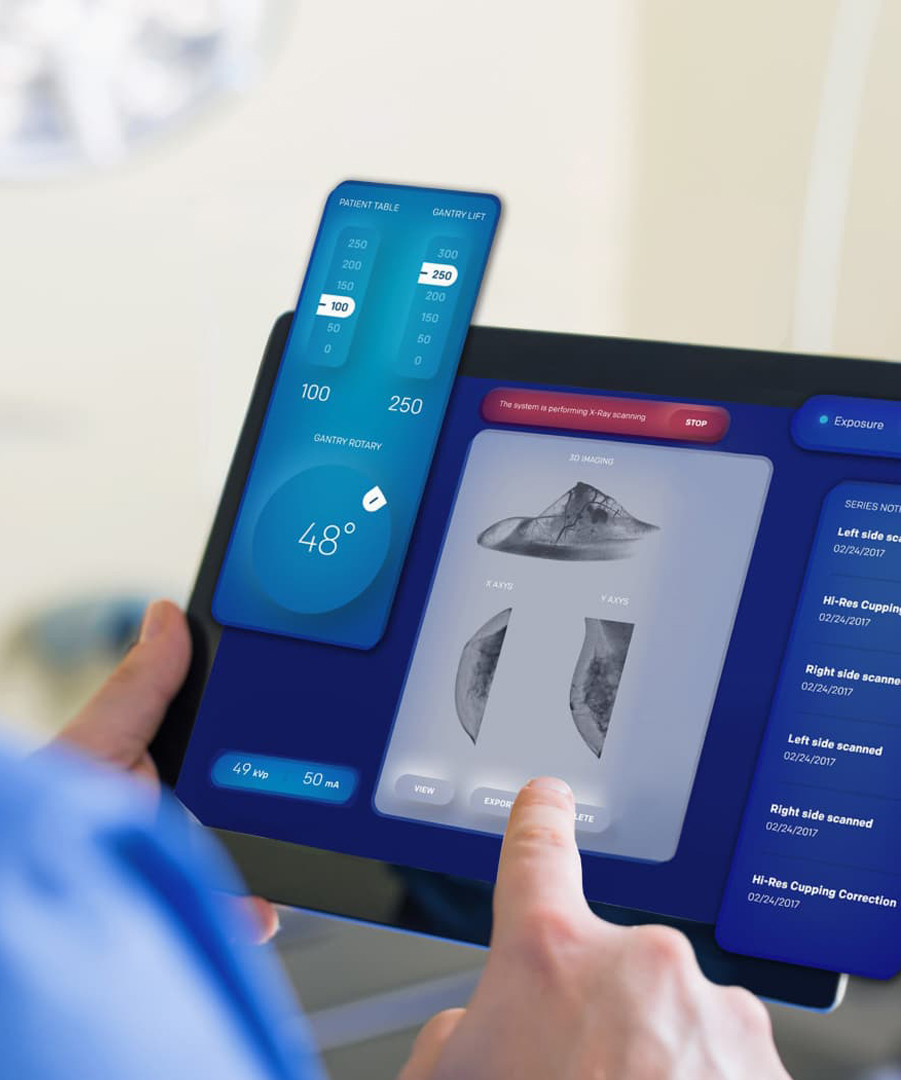


Powder fire truck, also known as dry chemical firefighting vehicle,dry powder fire tender. It is a specialized apparatus designed to combat fires involving flammable liquids, gases, electrical equipment, and combustible metals. Powder fire truck's primary function revolves around deploying dry chemical agents, such as monoammonium phosphate or sodium bicarbonate, which chemically inhibit combustion by disrupting the fire's chain reaction.
Equipped with high-capacity powder storage tanks and pressurized discharge mechanisms, powder fire truck enable rapid response to industrial and urban emergencies. The powder fire truck's modular design often integrates variable nozzle systems to adjust powder dispersion patterns, ensuring optimal coverage for three-dimensional fires or confined spaces
Industrial Fire Suppression Units
Primarily deployed in chemical plants, refineries, or hazardous material storage facilities, these trucks utilize ABC or BC dry powder to combat Class A (solid combustibles), B (flammable liquids), and C (electrical) fires. Their systems are engineered for rapid dispersion of large quantities of powder, often integrated with foam or water cannons for hybrid firefighting.
Electrical Infrastructure Protection Units
Tailored for substations, power plants, or renewable energy facilities, these units employ non-conductive powders like potassium bicarbonate to extinguish live electrical fires without risking short circuits.
Aviation and Transportation Crash Trucks
Specialized for airports, highways, or rail networks, these high-capacity units deploy ultrafine monoammonium phosphate powders to suppress fuel-fed Class B fires while cooling metal surfaces.
powder fire truck, alternatively termed a dry chemical fire suppression vehicle, represents a specialized apparatus engineered to combat high-risk conflagrations through targeted particulate dispersion. Unlike conventional water-based systems, these units employ pressurized expulsion of flame-inhibiting powders, typically composed of sodium bicarbonate, potassium bicarbonate, or ammonium phosphate compound.
These vehicles demonstrate particular efficacy against Class B (flammable liquids), Class C (energized electrical equipment), and three-dimensional fuel array fires often encountered in petrochemical facilities and aeronautical installations.
the apparatus integrates three core modules: a bulk powder reservoir with nitrogen pressurization up to 2.5MPa, a precision pneumatic conveyance system, and multi-directional telescopic cannons capable of 40-meter projection ranges.
Combating Flammable Liquid and Gas Fires
Powder fire trucks excel in extinguishing Class B (flammable liquids) and Class C (flammable gases) fires. The dry powder forms a barrier that disrupts chemical reactions, preventing reignition.
Neutralizing Electrical and Metal Fires
Equipped with non-conductive powders, these trucks safely address live electrical equipment fires (Class E) and combustible metal blazes (Class D). Their targeted discharge mechanism allows firefighters to suppress substation fires or magnesium/aluminum industrial incidents without risking electrocution.
Safeguarding Critical Infrastructure
These vehicles provide rapid response protection for energy hubs, historical landmarks, and nuclear facilities. The rapid deployment of powder creates temporary firebreaks, buying crucial time for evacuation or secondary containment measures